Packrafting is the trend du jour in the paddlesports world. Yet, paddlers have been towing their boats to rivers on two wheels since the days of the penny-farthing. If you want to bike through the mountains then a space-age seven-pound packraft mounted to your handlebars is a perfect idea. Otherwise, you’ll want to use a canoe bike trailer or cart, along with all the proper fittings and accessories to ensure a safe and comfortable trip.
If you’re already inclined to pedal meandering roads and trails, explore environmentally-friendly options for getting to the water, or just want to expand your adventure horizons, you may already have most of what you need for a great canoe bike trailer.
Your canoe bike trailer rig in 8 steps
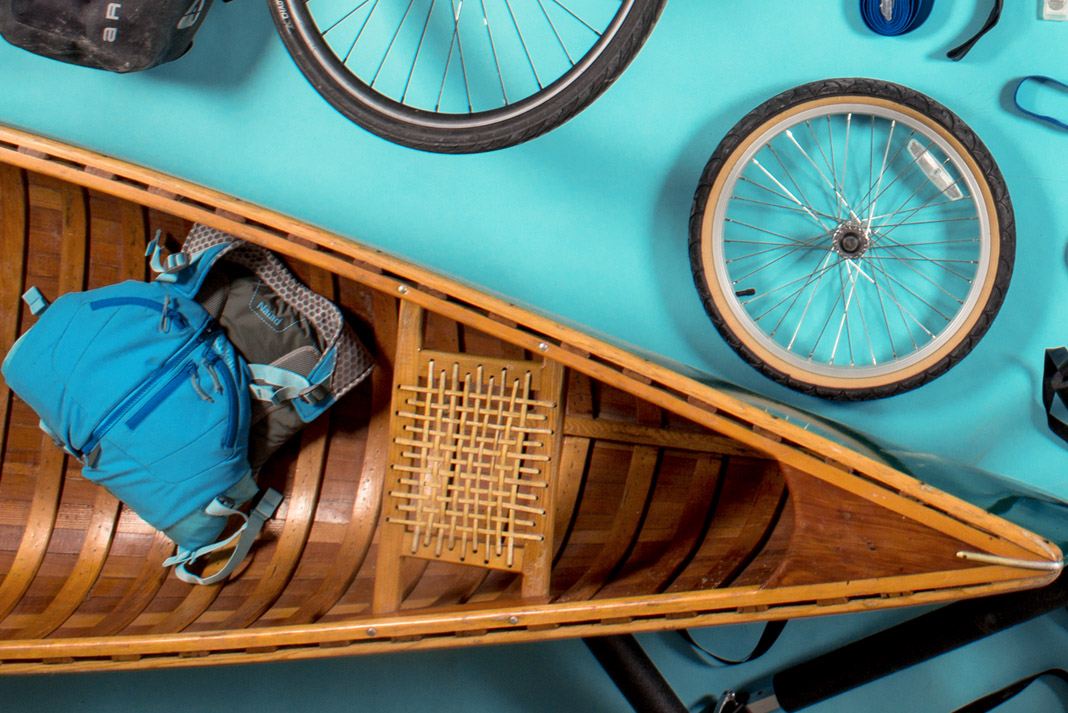
1. Canoe
On a windless day, traveling flat and smooth-as-butter pavement, a cyclist will barely notice the weight of towing a canoe once up to speed. On a hill of any gradient, pedalers will gain a new appreciation for a lightweight layup.
The heavier your kit the more energy you must expend to overcome gravity—by the time a cyclist is faced with even just a five-percent gradient, 75 percent of pedal power is exerted combating gravity alone. Go light with you canoe bike trailer rig.
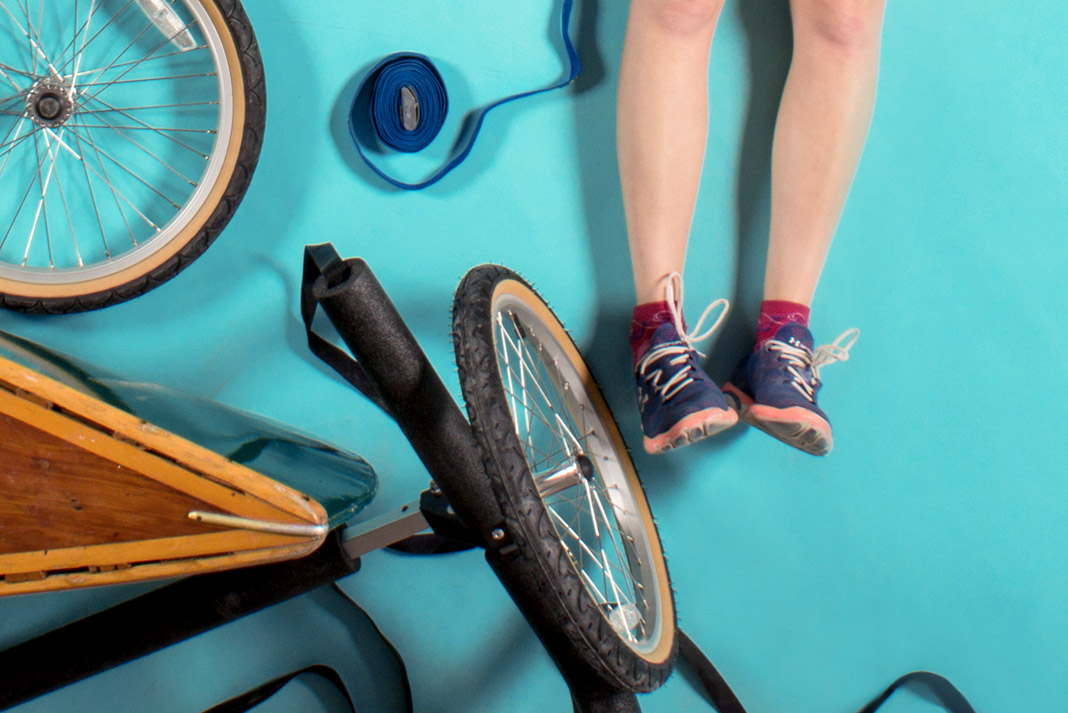
2. Trailer
Constructing a canoe trailer is a feasible weekend DIY project for handy folks. For the rest of us, Wike’s Canoe Trailer ($220 CAD) does the job admirably. The compact unit sets up and takes down in two minutes.
The trailer consists of two components—the Towing Tee connects the front of your to the bicycle seat post with a universal joint, and a two-wheeled cart supports the boat midship for ultra-smooth sailing.
Wike’s 13-pound unit has an adjustable width up to 36 inches.
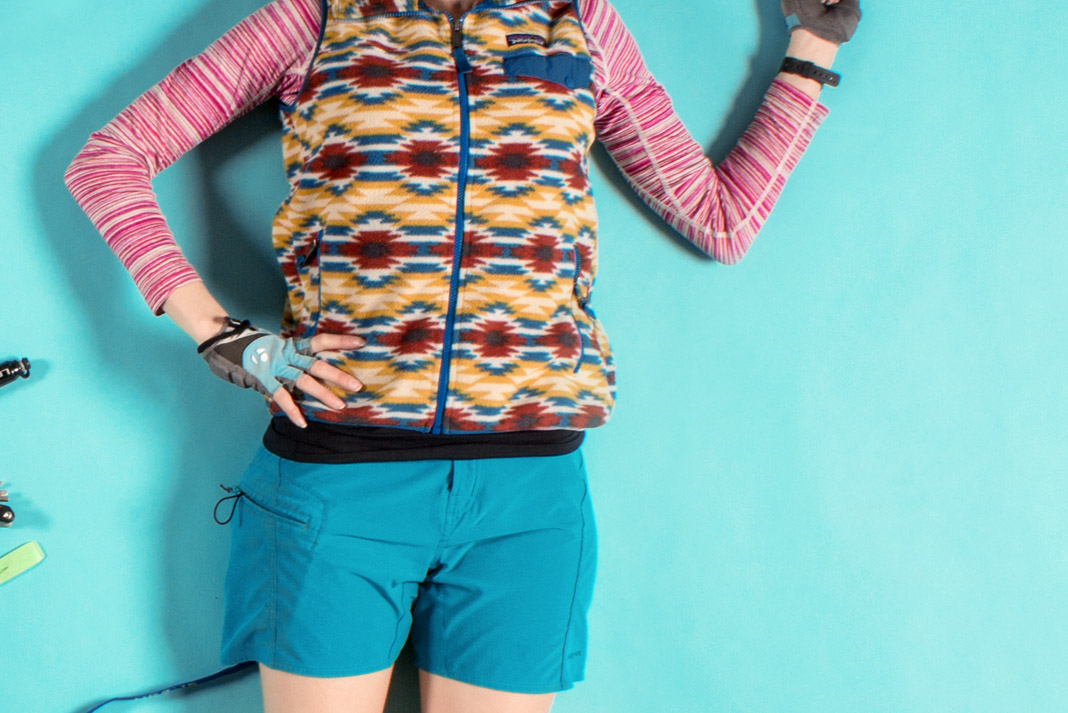
3. Apparel
The only enthusiast group more particular than paddlers when it comes to gear is cyclists.
There are many good reasons for enthusiasts to wear sport-specific apparel, but for day-long and weekend adventures, there’s no compelling reason why your Patagonia boardshorts can’t double as cycling shorts, or why you’d need sport-specific fingerless gloves.
Leave the Lycra behind. Simply abide by the tenants of dressing for outdoor adventures everywhere—layer up, and leave cotton at home.
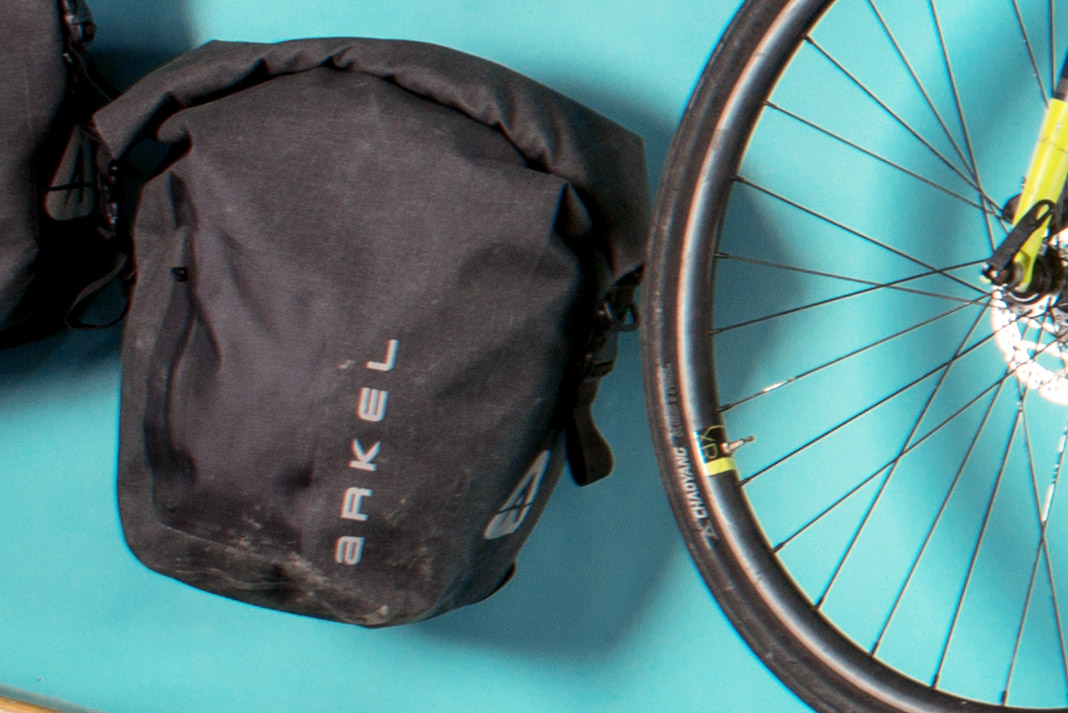
4. Panniers
You could throw all your gear into the canoe to rattle along behind you, but I bet you won’t pedal far towing that racket. Panniers are an excellent addition to your canoe bike trailer rig because they will efficiently distribute load on your bicycle frame—whether it’s snacks and an extra layer, or cooking pots and camping gear for an overnight excursion.
Waterproof panniers can do double-duty on rainy days and river runs. Arkel’s Orca 35-liter pannier pair ($209) can be mounted on most front and rear racks, feature welded seams and the Cam-Lock mounting system will keep bags on the rack, regardless of the load and rough road conditions.
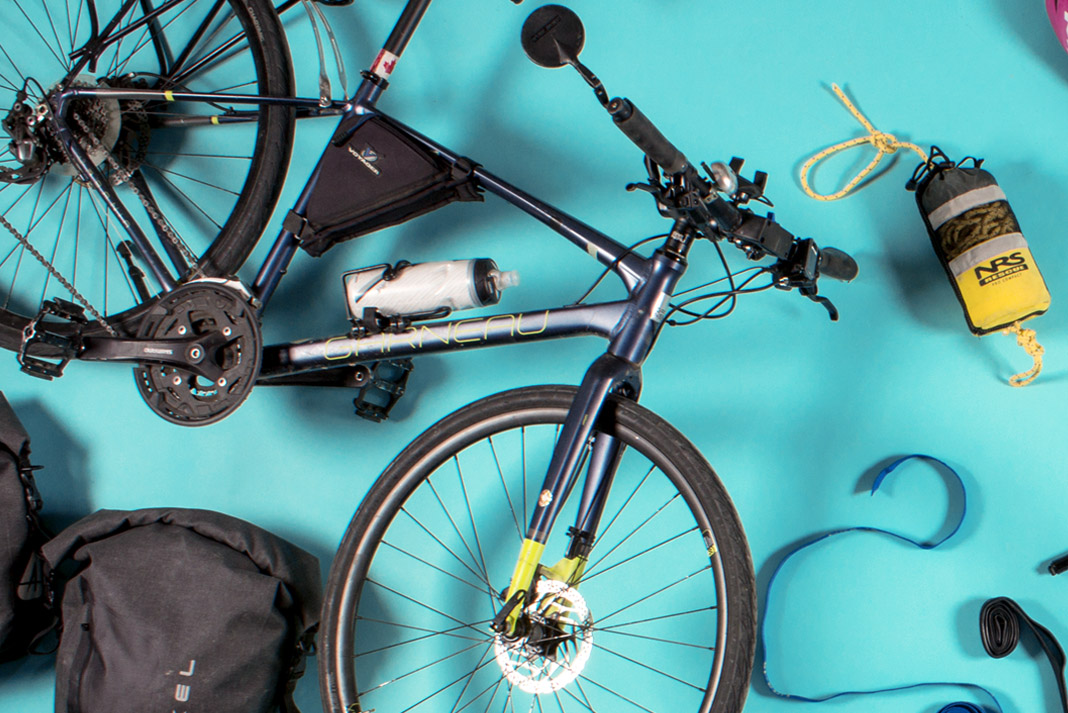
5. Bicycle
Any bike—even a skinny fixie—can tow a canoe trailer rig. However, you’ll enjoy the ride to the water more if you roll on tires a couple inches wide. Wider tires offer more traction, which will help you pull, and are needed for rougher roads.
A solid rear rack like Topeak’s Super Tourist ($40) will carry your panniers and larger, oblong objects—say, like a packed tent—on the top of the rack.
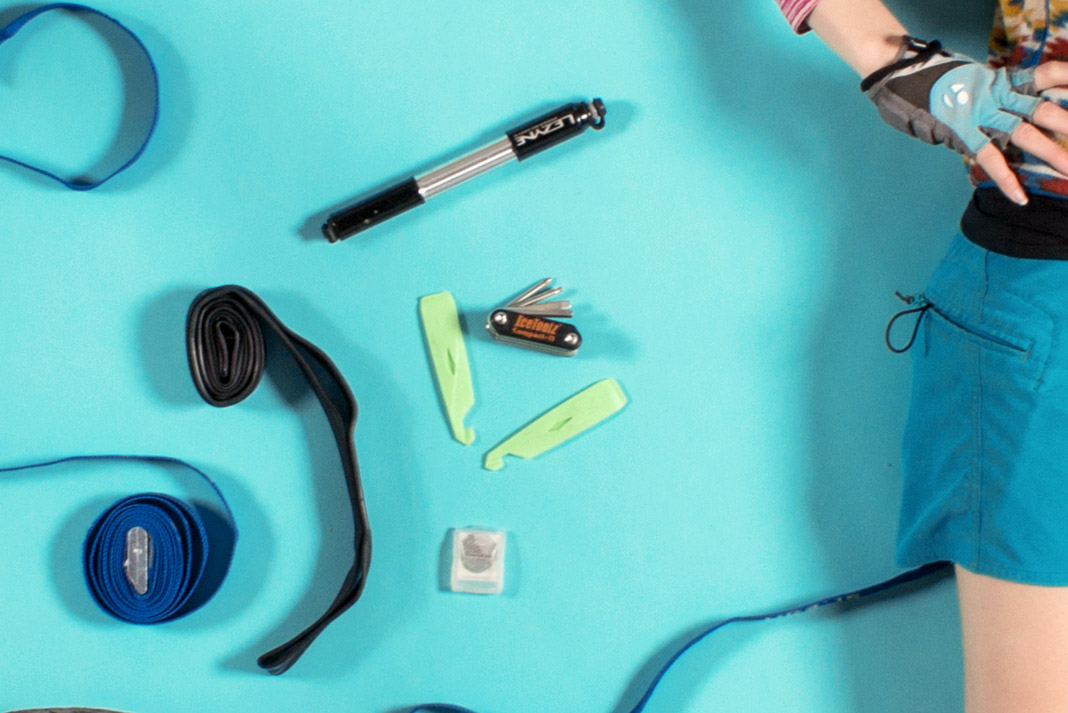
6. Repair Kit
Bring the basics for tire repair, just in case. For peace of mind, pack along a spare tube, small hand pump, puncture patch and tire levers.
You’ll need either the skills to use the items or a data connection to stream a how-to video on YouTube. Your dad would recommend the former.
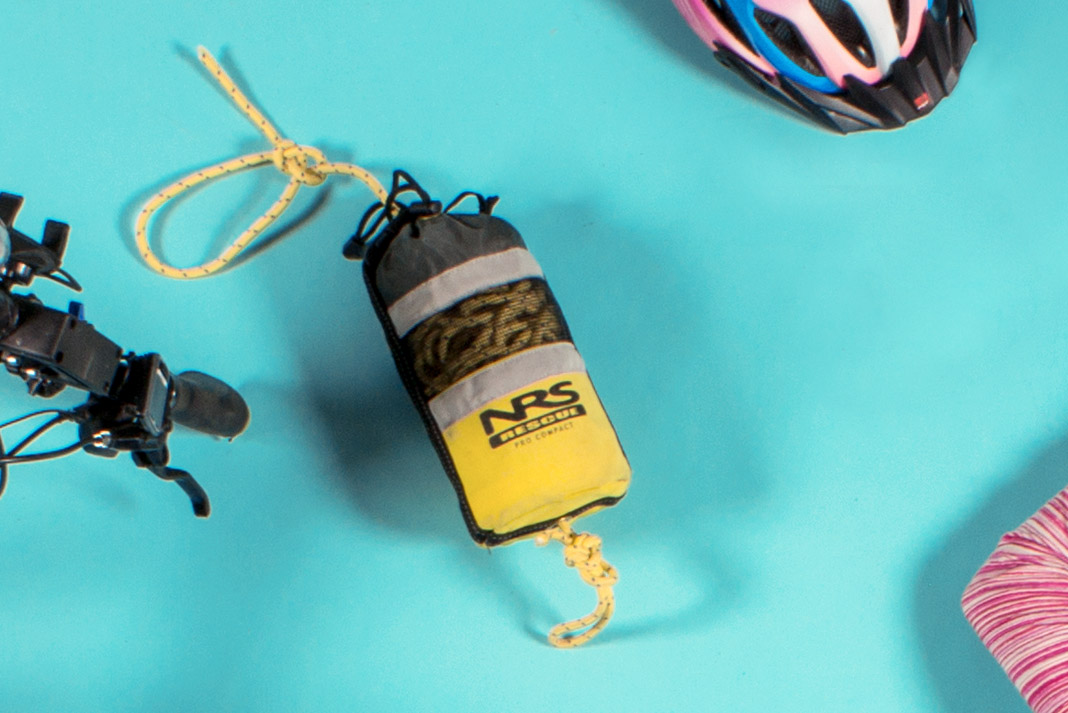
7. Safety
In all the excitement of combining two favorite pastimes, don’t forget standard safety equipment still applies, like a helmet, PFD, bailer bucket and buoyant line.
Though it’s more likely your strange load will attract attention and passing motorists will give you wide berth, mark the stern of your canoe with a red or orange bike safety flag.
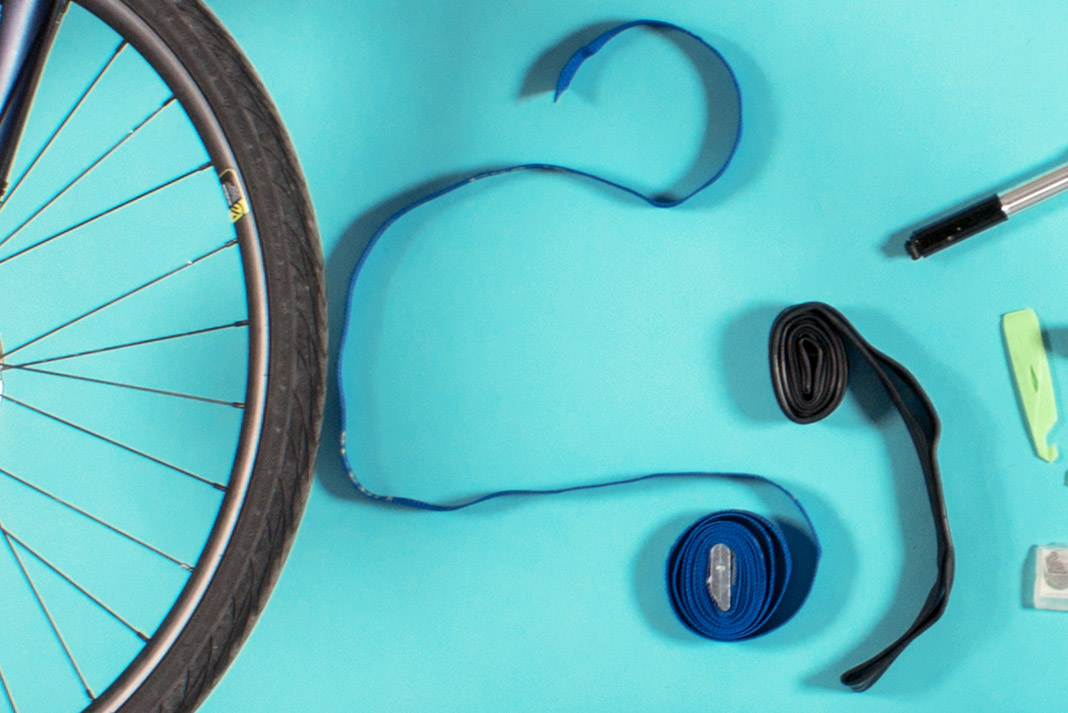
8. Cam Straps
A jack of all trades. NRS cam straps ($6 and up) are perfect for securing your canoe to roof racks at the beginning and end of the journey, your tent to your bicycle rack while pedalling, and your disassembled bike frame and wheels to the thwarts in your canoe while paddling. Cam straps are a key part of your canoe bike trailer rig, so never leave home without ‘em.
This article was first published in Issue 53 of Paddling Magazine. Subscribe to Paddling Magazine’s print and digital editions, or browse the archives.
Disclaimer: Towing this 75-pound relic is not editor recommended. | Feature Photo: Alexandra Cousins


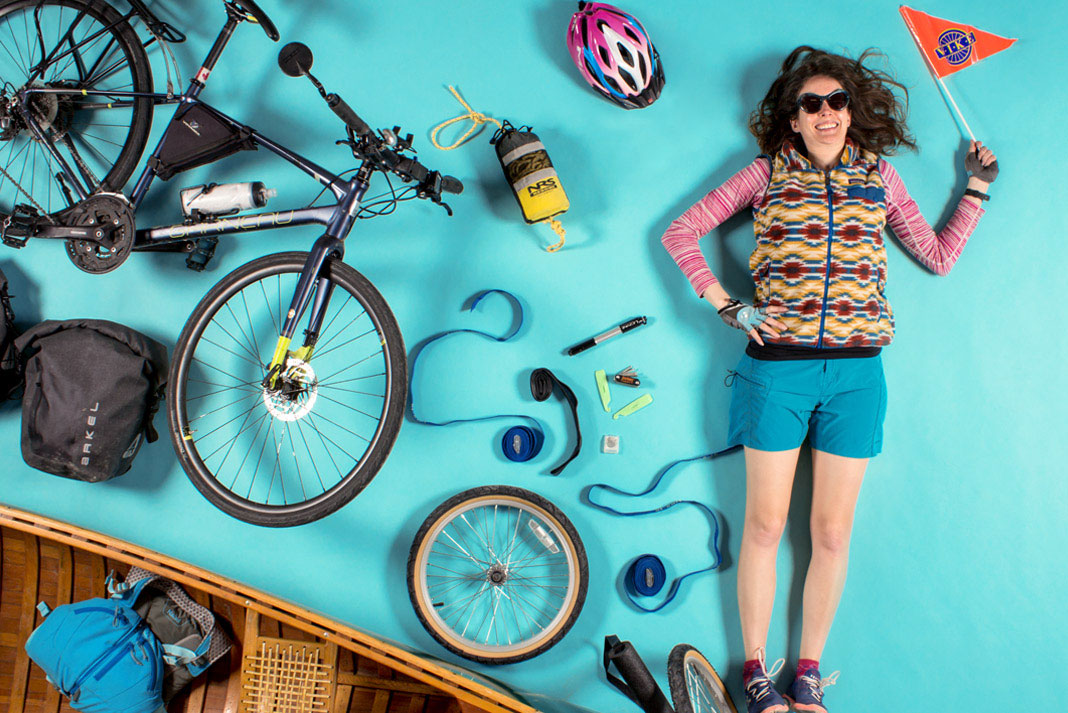
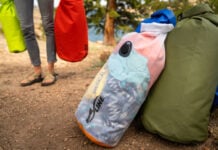
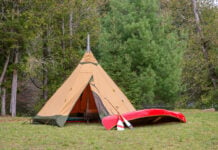

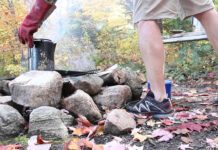
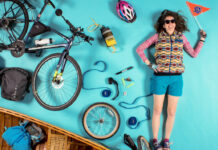


I have left a bike at the take-out on both the Cheat and Greenbrier Rivers. The only problem was leaving gear unsecure, but so far no outlaws have bothered it. A person could pull a canoe or kayak as a trailer behind a bike, especially along the Greenbrier River Rail Trail, but I imagine that would be a long ride back to the put-in.
This sounds like a fun adventure…bike & kayak. But, what do you do with your bike while you paddle downstream??